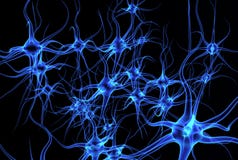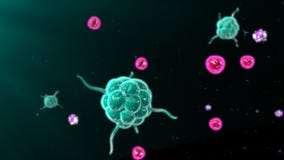Zona Hatching Is A Phenomenon Occurring During Prenatal Development. Prior To This Event, The Predecessor Of The Embryo, In The Form Of A Blastocyst, Is Surrounded By A Glycoprotein Sphere Called The Zona Pellucida. To Be Able To Perform Implantation On The Uterine Wall, The Blastocyst First Needs To Get Rid Of The Zona Pellucida. This Lysis Of The Zona Pellucida Is Called The Zona Hatching. Assisted Zona Hatching (Azh) Is A Procedure Of Assisted Reproductive Technology In Which A Small Hole Is Made In The Zona Pellucida, Using A Micromanipulator, Thereby Facilitating For Zona Hatching To Occur. Zona Hatching Is Where The Blastocyst Gets Rid Of The Surrounding Zona Pellucida To Be Able To Implant In The Uterus. The Thick Transparent Membrane Surrounding A Mammalian Ovum Before Implantation. Implantation Typically Occurs 6 To 10 Days After Ovulation, Or Day 20 To 24 Of A Menstrual Cycle. However, It Can Happen A Few Days Earlier Or Later. In An Average 28-Day Cycle, Ovulation Occurs On Day 14 With The First Day Of A Woman's Period Being Considered Day 1 In A Cycle. Once Fertilization Occurs, The Egg Stays In The Fallopian Tube For Three Days Before Entering The Uterus And Begins To Implant Itself To The Uterine Lining.
ID 73449947 © 7activestudio | Megapixl.com
CATEGORIES
Your image is downloading.
Sharing is not just caring, it's also about giving credit - add this image to your page and give credit to the talented photographer who captured it.:























